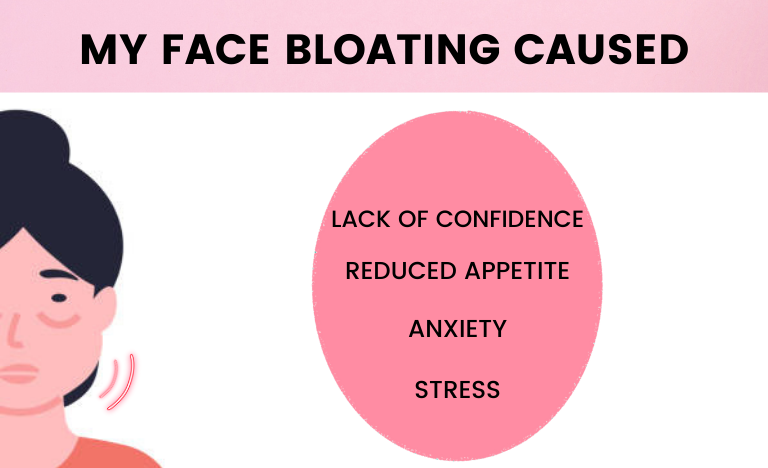4 Hiatal Hernia Exercises in Hindi [Step By Step Guide]
Summary:
Ayushi explains that persistent acidity might be due to a loose gate between the stomach and esophagus. She introduces breathing exercises to tighten this gate, preventing acid reflux. These exercises involve deep breathing with pressure on the stomach, aiming to strengthen the relevant muscles and reduce acidity symptoms.
Transcript:
Hello, I am Ayushi. Today we are going to learn some very useful and interesting information. If you’re wondering what it’s about, let me tell you. Have you ever thought that despite taking many acidity pills, tablets, and medications, why isn’t your acidity completely cured? Why don’t you feel completely well, only feeling better for a short while? There is a story behind this.
The thing is, we have our stomach, and then we have our food pipe, also known as the esophagus. Between them, there is a gate. When we eat, this gate opens, food goes down, and you know the rest. And when we perform our normal activities, this gate is closed. Often, due to overuse, this gate becomes a bit loose, causing acid to try to come up and escape. You know how dams work, right? Think of this gate in a similar way. So today we will learn how to fix this gate.
Today, we will learn about some breathing exercises that will help us tighten this gate. Let’s learn.
For our first exercise, we don’t need to do much. Just sit straight, so straight that it feels like someone is pulling us up from above. Sit straight, place one hand on your chest and the other on your stomach, and take a deep breath. While taking a deep breath, count to three: one, two, three in, one, two, three out.
Let’s do it: one, two, three in, one, two, three out. You might feel that your chest is coming out and your stomach is going in, but we need to do exactly the opposite: make your stomach come out and keep your chest as it is. Breathe through your stomach. Do this 10 times: 10 breaths in, 10 breaths out. It’s that easy. Now let’s move on to the second exercise.
For the second exercise, we need to step it up a bit. Place both hands on your stomach and apply a little pressure, hold it, and then count: one, two, three in, one, two, three out. Here, we are trying to tighten the gate. Remember to apply a little pressure: one, two, three in, one, two, three out. When you apply pressure, we are training our muscle to function properly even under stress. Remember to apply a little pressure and do this 10 times: 10 breaths in, 10 breaths out. Let’s move on to the next exercise.
In the first two exercises, we trained the central muscle of our gate. To stop acid reflux, the side muscles also play a role. In the third and fourth exercises, we will learn how to train them. For the third exercise, place your hand on your stomach, then move it a hand’s width to the side. Take a breath and feel your stomach moving in and out from here too. You need to concentrate a bit because at first, you might not feel it. Place your hand here, move it back a bit, and keep breathing in and out. You need to breathe through your stomach to feel these muscles moving. Our third exercise is to place your hand here and count: one, two, three in, one, two, three out. Do this 10 times: 10 breaths in, 10 breaths out.
When you feel this, let’s move to the fourth exercise. In the fourth exercise, we will train these muscles as we did in the second exercise, by applying a little pressure: one, two, three in, one, two, three out. Remember to breathe through your stomach and do this 10 times: 10 breaths in, 10 breaths out. When you maintain the pressure, we are training these muscles just like we trained the central muscle.
These four exercises help us tighten the gate and reduce acid reflux. Now, let’s recap quickly. In the first exercise, we identified and strengthened the central muscle of the gate. In the third exercise, we identified and trained the side muscles of the gate by applying pressure as in the second exercise. Remember, your chest should not move. Breathe only through your stomach.
When and how often should you do these exercises? If you experience severe acidity in the morning, do them in the morning and before going to bed. If you experience acidity after eating, do them before and after meals. These exercises are for preventing acidity, not for after it has occurred. Your body will tell you if they are working. Look for three things: reduced heaviness after meals, less burning sensation in the chest, and reduced acid reflux or sour belching. If you notice even a slight improvement in these three areas after seven days, it means your gate is tightening, and your muscles are getting stronger. Keep doing these exercises.
For further information on what to eat and how to maintain it, you can talk one-on-one with our nutritionist.








